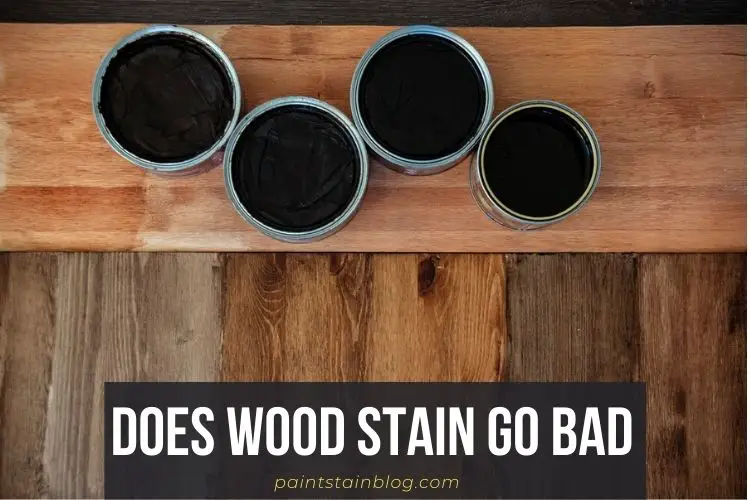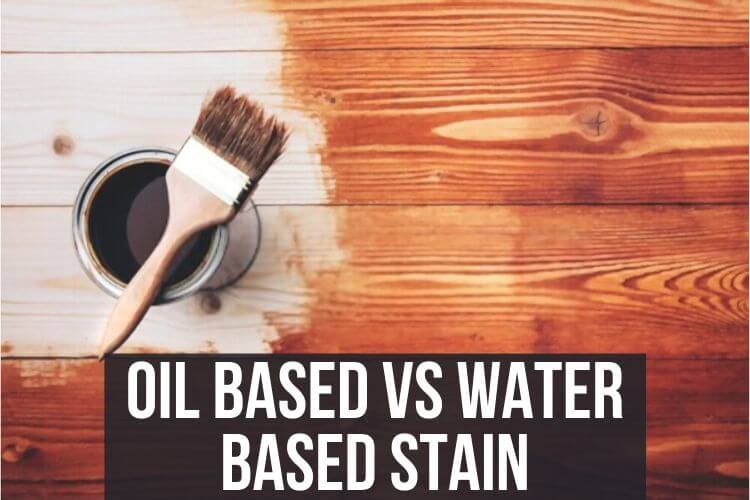After applying the deck stain, did you notice stickiness on your wooden deck? Perhaps, you didn’t read the instructions of the manufacturer when using the stain on the surface. And that’s why the situation occurred!
It’s not only you; there are lots of people who repeatedly make the same mistakes. So, you really don’t need to take panic about that!
Now, if you’re here with us, that does mean that you want to know how to fix sticky deck stain. Hopefully, you’ll stay till the end when we’re going to guide about fixing the sticky deck stain.
But earlier to fixing the sticky deck stain, you should know why the stickiness actually occurs! Getting an idea about the occurrence of sticky deck stain will assist in protecting your deck from further patchiness. Let’s just begin!
Why does the stickiness/ patchiness occur?
Why is my deck sticky? It’s quite a familiar question to come to our experts. That means numerous people face the patchiness on their deck after staining it.
And, it has some familiar reasons for the stickiness which is mostly unknown to us. Possibly, that’s why the experts also make those mistakes, which leads the decks to patchiness.
So, why does stickiness occur? Let’s know the several factors which cause the patchiness on your wooden deck.
Porosity of timber
When your selected wood is thick, the applied stain on it will take a longer time to dry. Notably, when employing the second coat of stain on it, you will understand it has become tacky.
In most cases, the second coat keeps the timber tacky and sticky for a longer time. Only the proper treatment and techniques can reduce the tackiness from the wooden structure.
Humidity
Humidity is also a crucial factor of the tackiness on the timber deck. Regardless of tackiness, it also causes several problems when using the stain on the deck.
Nevertheless, the most occurred problem you will face for the humidity is enhancing the drying time. Due to the moisturized air, the stain cannot speed up its drying time.
Notably, when the oil-based stain takes a longer time to dry than the regular water-based stain. As a consequence, the deck remains tacky and sticky after application for a prolonged time.
Thick application
The thick layer of the stain over the deck also causes tackiness. The thicker the applied stain is, the more it will take time to dry. As a consequence, the deck will stay sticky for a longer time.
To reduce the stickiness, you have to apply a thinner layer of stain on the deck. It will quickly dry without causing any trouble. After drying the first layer of stain, apply another thin stain layer on the deck.
Over-application
If the applied stain doesn’t penetrate into the deck perfectly, it will cause stickiness. The reason for the wood not penetrating into the wood is its over-application.
Did you apply stain on the deck; nevertheless, it isn’t absorbing the applied stain on it? That means the deck has already absorbed plenty of oil, and it has no further ability to absorb oil.
As a consequence, the stain doesn’t dry timely and causes tackiness. So, you have to face the stickiness on your wooden structure even if you use the quality stain.
Let’s move to the next part to know how to fix a sticky deck stain.
How to fix sticky deck stain?
Staining a new wooden deck is indeed a complicated task for the newbie. Even if the experts also face several problems when staining and after staining of the wood.
One of those problems is how to fix a sticky deck stain. It’s not surprising if you’re also facing the same problem for your wooden deck stain.
Here we have figured out the solution for your problem of how to fix a tacky deck stain.
Thicken the over-application of stain with paint thinner
Step 1: Identify the sticky place from the deck.
If you have over-applied the stain on the deck, it needs to lessen to eliminate the stickiness. For that, you have to identify the sticky place on your deck. Locate the darker space on your wooden deck and start to work on it.
Step 2: Apply the paint thinner
First, choose a mineral spirit or paint thinner that matches your budget. Soak a lint-free rag into the mineral and wipe the over applied stain with it.
Step 3: Dry the wooden structure
Soon, you will notice the difference on the wooden deck from the previous conditions. Now, let the wooden structure dry completely.
Precautions
Use light pressure when applying the paint thinner on the deck. Remember, the acute pressure of the rubbing alcohol on the deck may create scratches.
Use a wood cleaner to lessen tackiness
Apply a fragile layer of stain on the wooden structure when staining it. Don’t worry if you applied the thick cloth on the deck. It should lessen within several months, or sometimes it may take a full year to dry.
If you don’t want to wait too long, use a wood cleaner to reduce the thickness. Indeed, it will work on your thick wooden structure.
Apply heavy stain to reduce stickiness
Step 1: Cover the sticky stain
Another thing you can do to reduce the stickiness is the application of a heavy layer of stain. Apply a thick layer of the heavy cloth on your sticky deck stain. It will cover the previous stain on your deck, whether it’s sticky or tacky.
Step 2: Dry for sometime
Let the deep layer dry for a while. Give it at least 5 minutes for that and move to the next process.
Step 3: Wipe off the additional stain
Similar to the regular staining process, wipe the additional stain from the deck with a rag cloth. By removing the excess stain, the rag cloth will also take out the stickiness from the deck.
The sum up!
Penetrating the wood stain into the deck is one of the principal duties of the wood. No matter how quality stain you apply, your investment will go in vain if it doesn’t penetrate into the wood.
So, you must know what causes the stickiness on wood and how to fix sticky deck stain. Optimistically, you can solve the stickiness and patchiness of your deck by adopting our given solutions.






